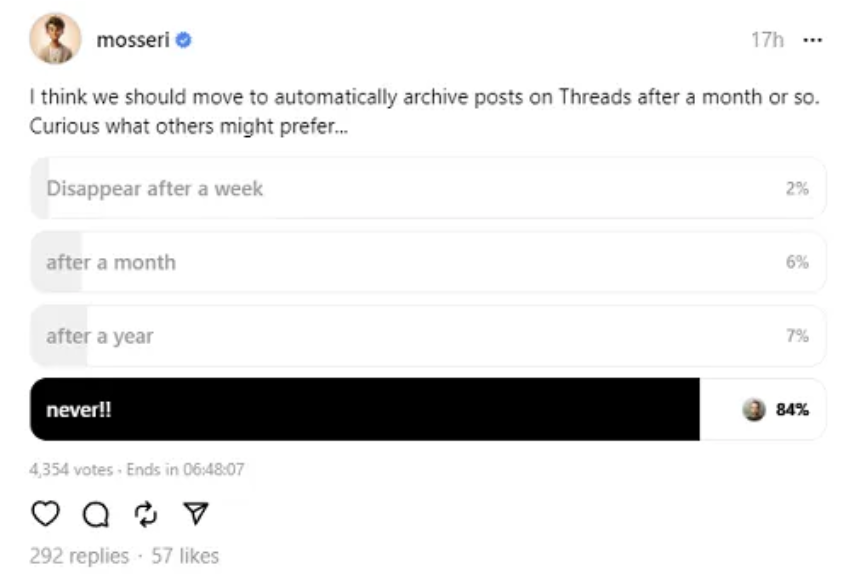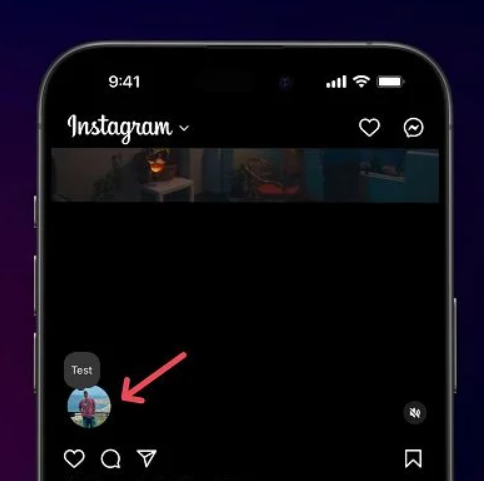The digital landscape has long grappled with the question of permanence versus ephemerality when it comes to social media posts. Should our online footprints be etched in stone, preserved for posterity, or should they fade away like whispers in the wind after a certain period? This debate has been reignited by Adam Mosseri, the chief of Instagram Threads, who proposed auto-archiving user posts after 30 days.
The rationale behind this proposal stems from the notion of fostering raw and authentic content, a trend increasingly embraced by social media users. However, the response to Mosseri’s idea has been mixed, sparking discussions on the implications of such a move.
On one hand, the concept of auto-archiving aligns with the growing concern over the longevity of digital content. With careers and reputations hanging in the balance, individuals fear the repercussions of past comments resurfacing years down the line. Auto-archiving offers a solution, providing users with a safety net against the perils of digital permanence.
Yet, the proposal raises fundamental questions about the nature of social media and the evolving dynamics of user engagement. While some users cherish their social posts as a timeline of personal history, others view them as potential liabilities, ripe for exploitation in an unforgiving online environment.
The decline in personal updates on social apps further complicates the debate. As users retreat to private group chats, the allure of public sharing wanes in the face of perpetual scrutiny. Auto-deletion could potentially reverse this trend, offering users a renewed sense of security and freedom to express themselves without fear of reprisal.
However, the success of such a feature hinges on user perception and acceptance. A recent poll conducted by Mosseri suggests that the majority may not be ready to embrace auto-archiving, highlighting the delicate balance between privacy and digital presence.
Nonetheless, the proposal underscores Meta’s commitment to evolving with shifting user behaviors and preferences. As social media landscapes evolve, platforms must adapt to meet the changing needs of their audience, even if it means challenging conventional norms of digital permanence.







